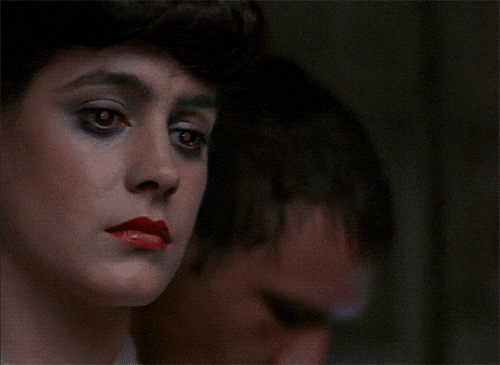In the dystopian world of Blade Runner, technology has advanced to a point where it is both fascinating and terrifying. The film, set in 2019, showcases various technological advancements that have shaped society and its inhabitants. One such innovation is the creation of replicants - bioengineered humans with enhanced physical abilities. These human-like machines are designed for use as slave laborers on off-world colonies but can also be used for other purposes by those who can afford them.
Another significant technological advancement in Blade Runner is the development of advanced AI systems, such as the Voight-Kampff test. This test allows humans to determine if someone is a replicant or not based on their emotional responses and reactions. It's an eerie reminder of how far we might be willing to go when it comes to controlling our own creations.
Lastly, the film also explores the impact of urbanization and overpopulation on technology. The cityscape is filled with towering skyscrapers, neon lights, and flying cars - all symbols of a society that has pushed its technological boundaries beyond what was thought possible. However, this rapid advancement comes at a cost; it leads to social inequality, environmental degradation, and an overall sense of unease among the population.
In conclusion, Blade Runner paints a chilling picture of our future if we continue down this path of unchecked technological progression. It serves as both a warning and a reminder that while technology can offer incredible benefits, it also has the potential to create dangerous consequences if not managed responsibly.
